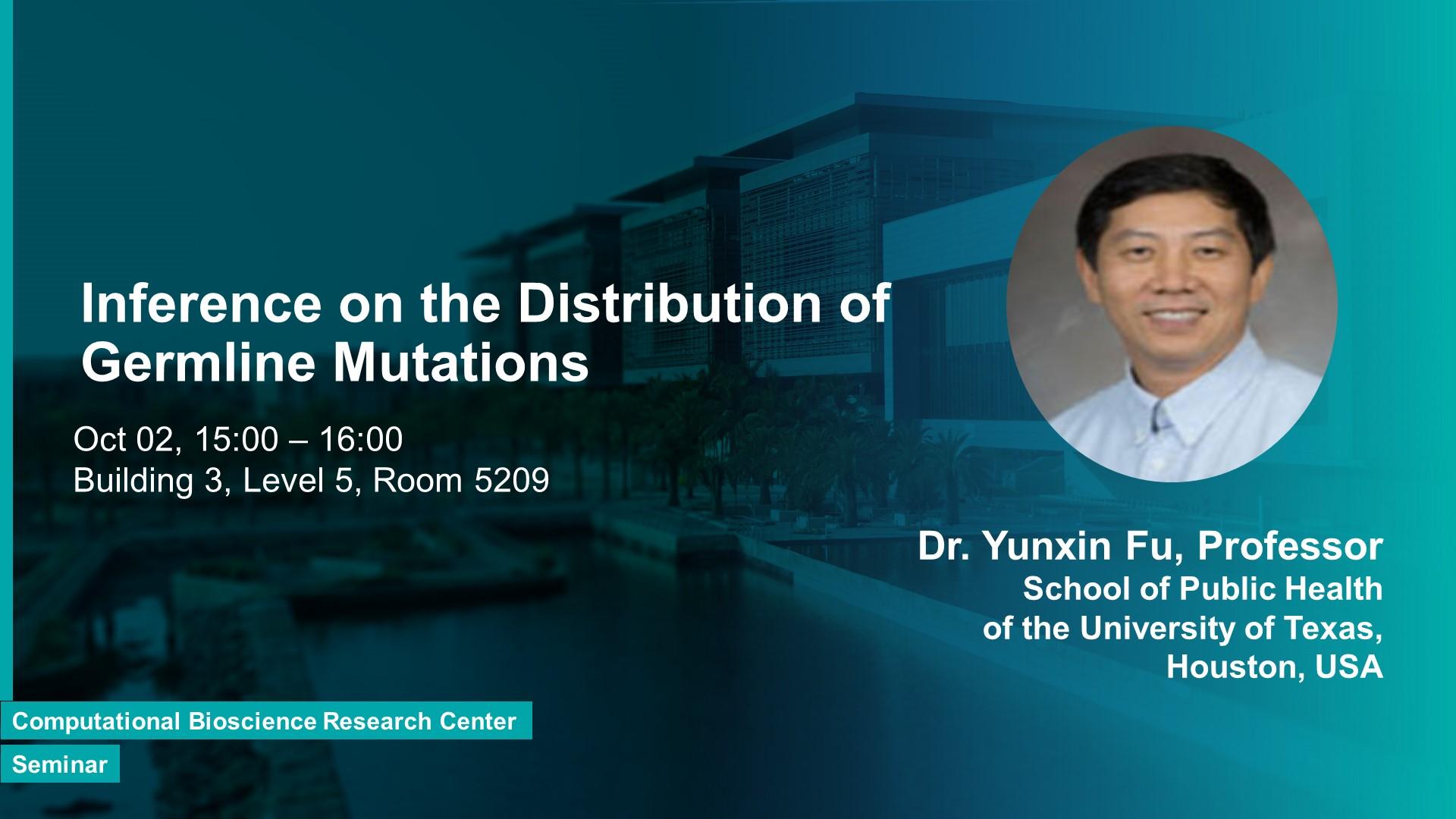Abstract
The sperm or eggs of sexual organisms go through a series of cell divisions from the fertilized egg; mutations can occur at each division. For decades, little has been known about the pattern of the mutation rates along with the germline development. A large-scale mutation screening experiment of recessive lethal or nearly lethal mutations during the germline development of Drosophila melanogaster males offers an opportunity to explore the issue. We developed a likelihood framework based on novel cell coalescent theory and analyzed the data. it is found that for most nearly lethal mutations, the mutation rate at the first cell division is considerably higher than those at other divisions. There is also some evidence that the mutation rate at the second division decreases rapidly but is still appreciably greater than those for the rest of the cleavage stage. The mutation rate at spermatogenesis is greater than late cleavage and stem-cell stages, but there is no evidence that rates are different among the five cell divisions of the spermatogenesis. These findings provide a conceptual and numerical basis for exploring the consequences of differential mutation rates during individual development.
Brief Biography
Prof. Yunxin Fu was trained as a biostatistician/computational biologist and has spent much of his career in developing population genetics/evolutionary theory, statistical methods and computational tools for analyzing samples of DNA sequences, including algorithms for simulating samples for the analysis of large scale molecular data. Recently Prof. Fu has been involved in the analysis of polymorphism data from the 1000 Genomes Project, as well as within–individual polymorphism data generated by both classical experiments and next-generation sequencing for the purpose of understanding the mutational process during individual development.
His most recent contribution to Science is in the area of within-individual polymorphism. With the need for a deeper understanding of mutation (and its distribution) and with the advance of technology, genetic variation within single individuals has been accumulated gradually. There will be an information explosion in this area in the near future. For a long period of time, population geneticists/evolutionary geneticists have treated mutation during the development of the germline as a black box, partly due to the lack of a sufficient amount of data for dissection and partly due to lacking proper statistical methods. Prof. Fu contributed to this area by co-designing a mutation experiment which led to several important findings and theoretical development. They showed that in the Drosophila melanogaster male, mutation rate differs dramatically during the development of the germline lineage, and in particular, the first cell division harbors the highest mutation rate. The necessary coalescent theory, simulation algorithms and inference framework were also developed.
Publications
- Fu YX, Huai H. Estimating mutation rate: how to count mutations? Genetics. 2003 Jun;164(2):797-805. PubMed PMID: 12807798; PubMed Central PMCID: PMC1462584.
- Gao JJ, Pan XR, Hu J, Ma L, Wu JM, et al. Highly variable recessive lethal or nearly lethal mutation rates during germ-line development of male Drosophila melanogaster. Proc Natl Acad Sci U S A. 2011 Sep 20;108(38):15914-9. PubMed PMID: 21890796; PubMed Central PMCID: PMC3179084.
- Fu YX. Statistical methods for analyzing Drosophila germline mutation rates. Genetics. 2013 Aug;194(4):927-36. PubMed PMID: 23636740; PubMed Central PMCID: PMC3730920.
- Gao JJ, Pan XR, Hu J, Ma L, Wu JM, et al. Pattern of mutation rates in the germline of Drosophila melanogaster males from a large-scale mutation screening experiment. G3 (Bethesda). 2014 Jun 11;4(8):1503-14. PubMed PMID: 24924332; PubMed Central PMCID: PMC4132180.

